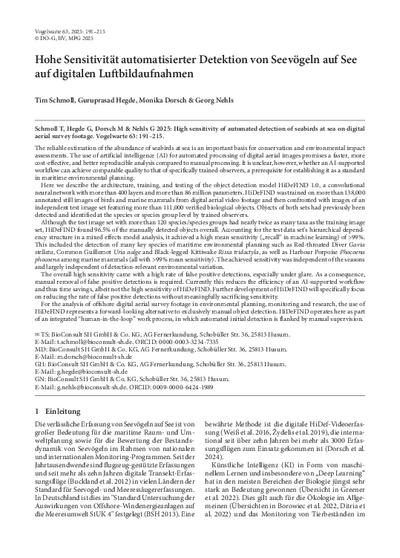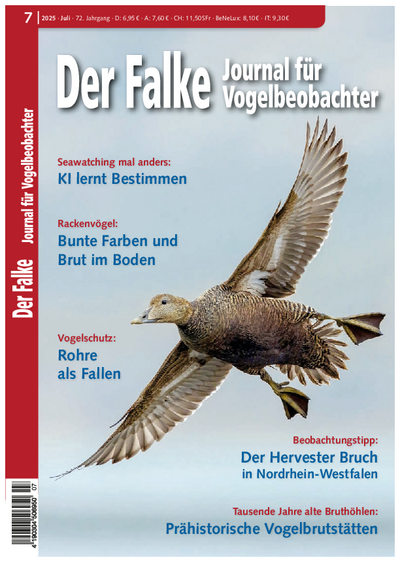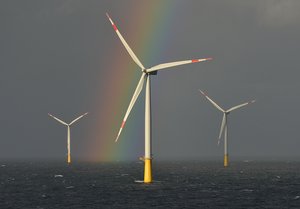Artificial intelligence (AI) – innovation for ecological research
The major leaps forward in the field of artificial intelligence (AI) are also revolutionising ecological research and data analysis. At BioConsult SH, we develop and use AI models to solve ecological problems efficiently and in a future-oriented way.
Use of AI in our ecological studies
We often collect very large amounts of data during ecological studies in the field. This applies in particular to surveys using digital techniques, such as high-resolution digital images and videos or audio recordings.
To evaluate this data efficiently, we use advanced AI methods, in particular deep learning. This allows recognising complex patterns in large amounts of data and automatically detect and identify object classes such as birds or marine mammals.
The use of AI promises more accurate, faster and more reproducible results compared to purely manual processing. Despite the automation, we continue to apply standardised quality control by experienced experts to ensure that our results meet the highest scientific standards.
An interdisciplinary team for bespoke solutions
Our interdisciplinary team develops AI applications in-house or in collaboration with partners. Individual solutions are optimised to meet the requirements of ecological investigations.
The team includes IT specialists, computer vision engineers, specialists in AI-based image recognition, machine learning developers, biologists and environmental scientists.
Synergies with remote sensing
The combination of remote sensing methods and AI creates a variety of synergies that significantly enhance the potential for analysing and using large, complex data sets more efficiently. BioConsult SH makes use of this potential today. The portfolio includes
- Digital aerial surveys (HiDef method) for the large-scale monitoring of birds, marine mammals and other marine megafauna,
- the use of drones to map species, vegetation, habitats and beach litter,
- the SPACEWHALE service (www.spacewhales.de), which records large whales on high-resolution satellite images,
- the analysis of automatically recorded bat and bird calls,
- AVES, the camera-based system for recognising and identifying bird species, which was developed to prevent collisions with wind turbines and effectively deter birds, for example at airports.
Publications
Wie künstliche Intelligenz Seevögel auf See entdecken und bestimmen lernt: Seawatching mal anders
DER FALKE Journal für Vogelbeobachter 72. Jahrgang, Heft 7, Juli 2025. https://www.falke-journal.de/
Further information
Find out more about the use of AI in our range of services:
- Digital aerial surveying of marine birds and mammals – HiDef
- Bird collision protection and bird deterrence
- Drone-based aerial surveys
- Spacewhale
Find more information about remote sensing here.
Contact

Caroline Höschle
Deputy team lead
Remote sensing
SPACEWHALE




